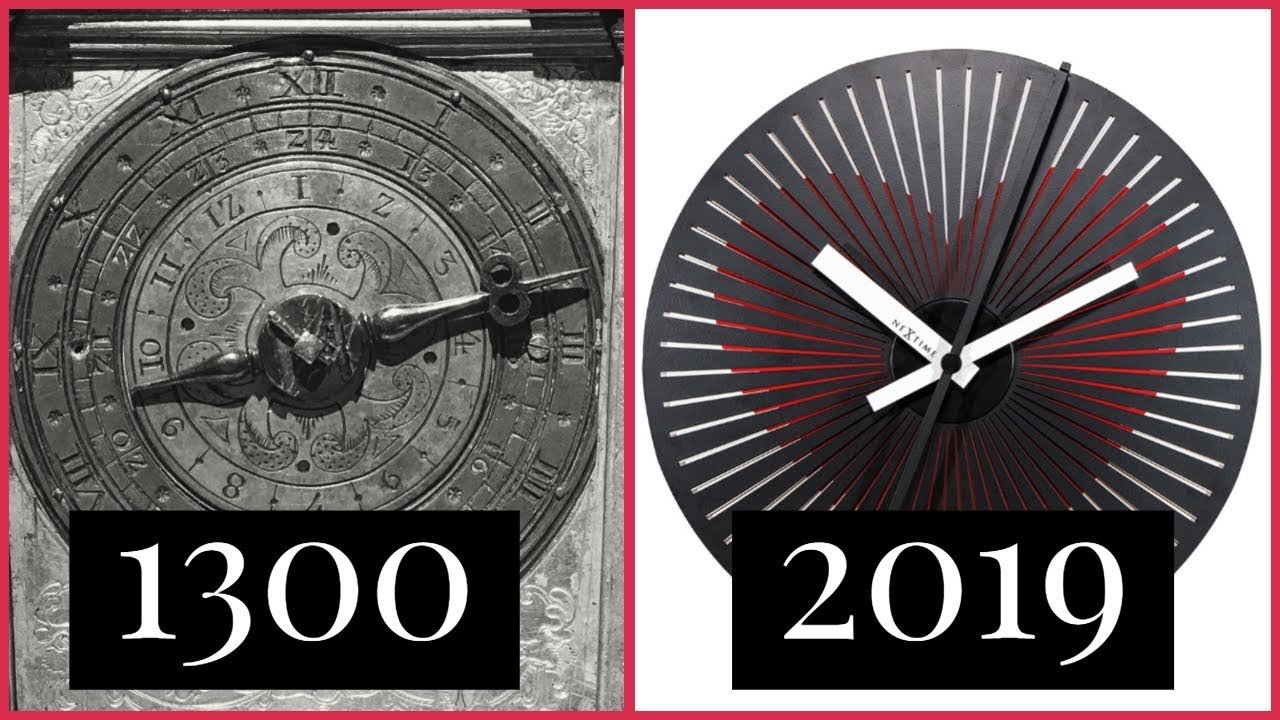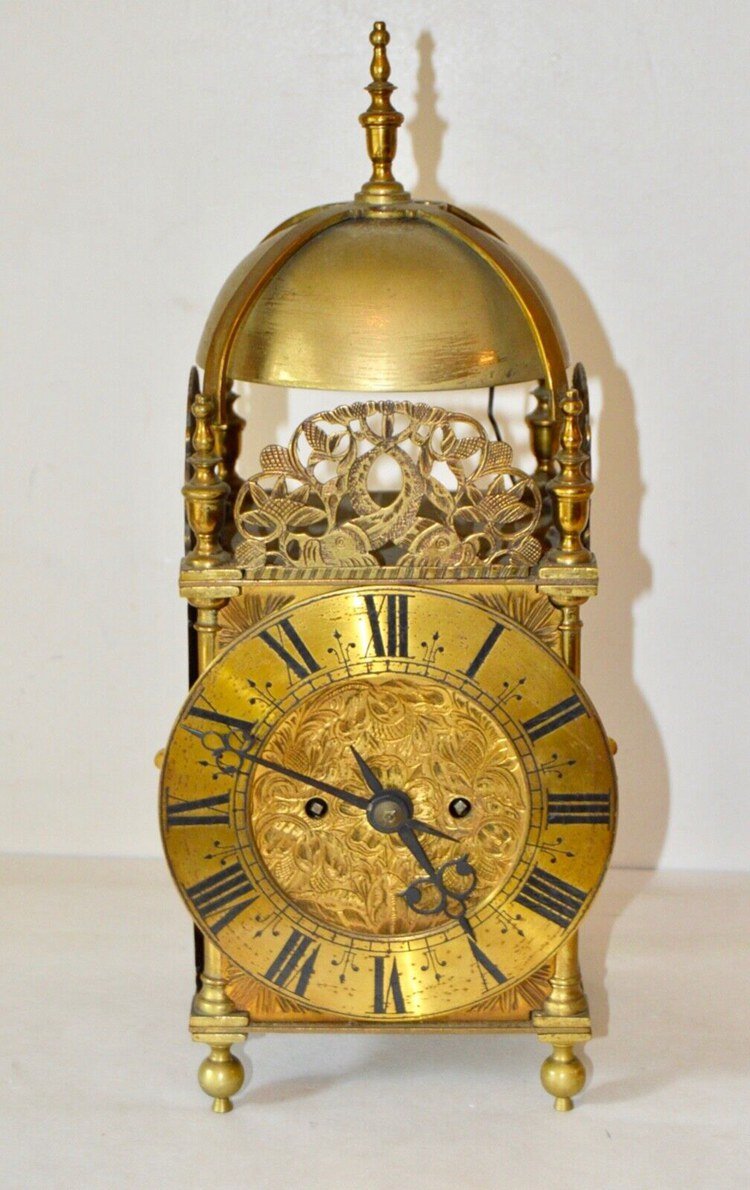Clocks have played an essential role in human history, helping to shape societies and cultures. Over the centuries, the design and function of clocks have evolved significantly. From simple timekeeping devices to intricate works of art, antique clocks tell the story of craftsmanship, innovation, and aesthetics.
Early Mechanical Clocks (14th-16th Century)
The earliest mechanical clocks emerged in Europe during the 14th century. These clocks were primarily installed in churches and town halls and used for public timekeeping. They featured basic mechanisms with weights and gears. However, they lacked precision and often only displayed the hour.
- Design: Early clocks were large and imposing, built from wood and iron. The faces were simple, often showing only the hours with minimal decoration.
- Transition: By the 16th century, clockmaking began to shift toward more portable designs. This was the start of personal clocks, leading to an increase in variety and design.
Renaissance and Baroque Periods (17th Century)
The 17th century brought a significant transformation in clock design. Innovations in timekeeping accuracy, such as the pendulum clock, changed both the form and function of clocks.
- Pendulum Invention: The Dutch scientist Christiaan Huygens invented the pendulum clock in 1656. This invention improved timekeeping accuracy, reducing the error from minutes to seconds per day.
- Decorative Elements: During this period, clocks became more ornate. They featured intricate woodwork, engravings, and metal designs, showcasing Baroque and Renaissance artistic influences.
In short, the 17th century set the stage for clocks as both functional and decorative items.
The Rococo and Georgian Eras (18th Century)
By the 18th century, clocks had become symbols of wealth and status. Clockmakers in France and England led the way in creating exquisite designs that blended artistry with precision.
- Rococo Clocks: These French clocks featured elaborate, asymmetrical designs with flowing curves, gold leaf, and intricate detailing. They were commonly placed on mantels and furniture in aristocratic homes.
- Georgian Clocks: In contrast, English clocks during the Georgian era focused on elegance and simplicity. Longcase clocks, also known as grandfather clocks, became popular. These clocks featured tall wooden cases made from oak or mahogany.
In summary, clocks during this era reflected the opulence and refinement of the upper class, focusing on both function and beauty.
Victorian Era and Industrial Revolution (19th Century)
The Victorian era brought about mass production and the industrial revolution, which transformed clockmaking into a more affordable and accessible craft.
- Mass Production: Factories in the United States and Europe began producing clocks in large quantities. This shift made clocks more affordable to middle-class households.
- Designs: Victorian clocks varied greatly, from simple wall clocks to highly ornate mantel clocks. They often featured Roman numerals and brass fittings, with designs inspired by Gothic, Renaissance, and Rococo styles.
In short, the mass production of clocks in the 19th century made them more accessible, while still maintaining elements of artistry and craftsmanship.

Art Deco and Modernism (20th Century)
The 20th century saw the rise of modernism and the Art Deco movement, which greatly influenced clock design.
- Art Deco Clocks: These clocks featured bold geometric shapes, sleek lines, and rich materials such as marble, chrome, and glass. They reflected the optimism and progress of the early 20th century.
- Minimalism: As the century progressed, modern clock designs became simpler and more streamlined. Designers focused on functionality and minimalism, with fewer ornate details.
In summary, the 20th century brought a new era of design, with a focus on modernism, minimalism, and sleek aesthetics.
Conclusion
Antique clock designs have evolved dramatically over the centuries, reflecting changes in technology, art, and society. From the massive, functional clocks of the 14th century to the sleek, modern designs of the 20th century, clocks continue to capture the imagination of collectors and enthusiasts. Each era leaves its mark, offering unique insight into the time in which the clocks were made.




